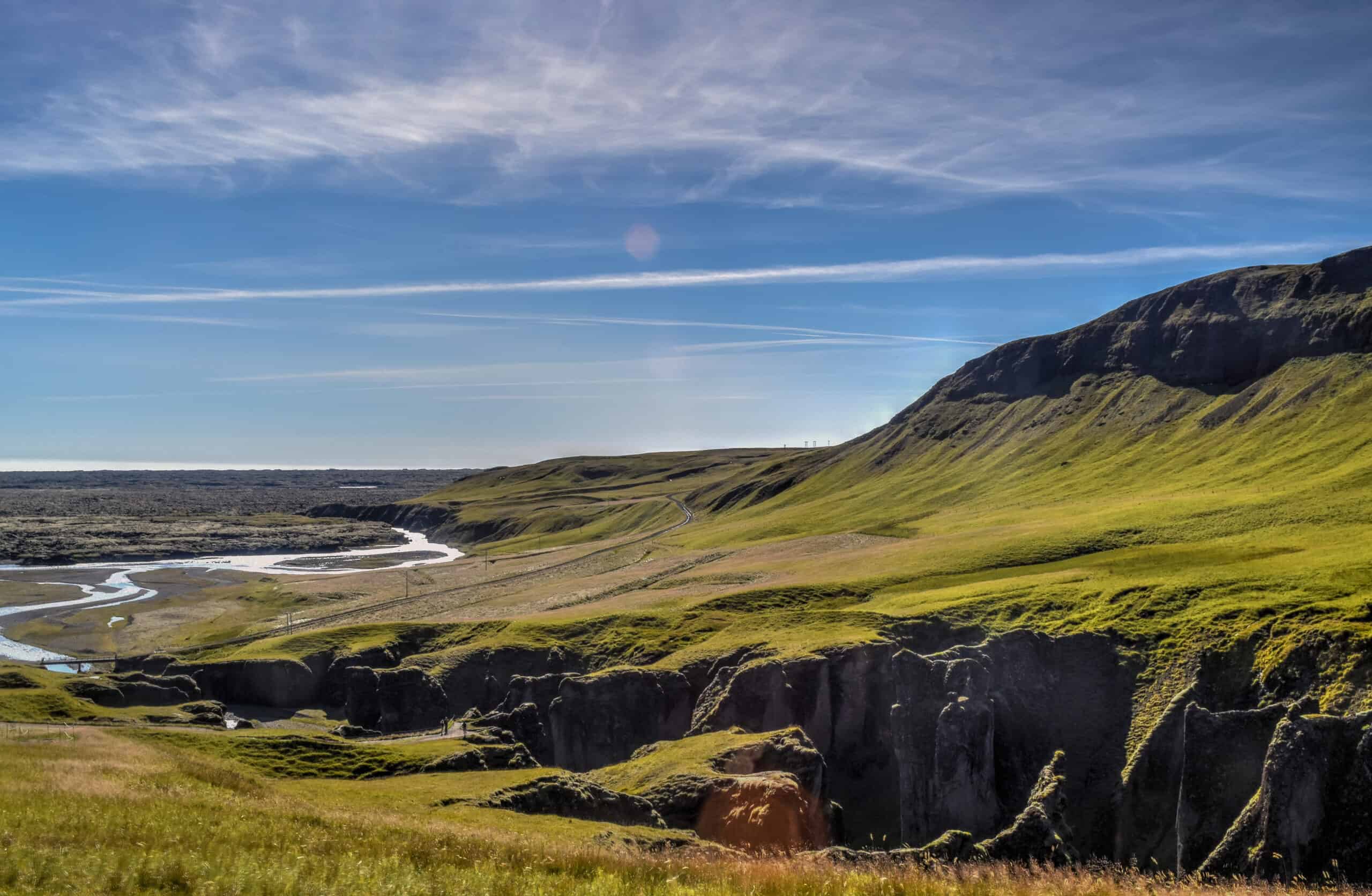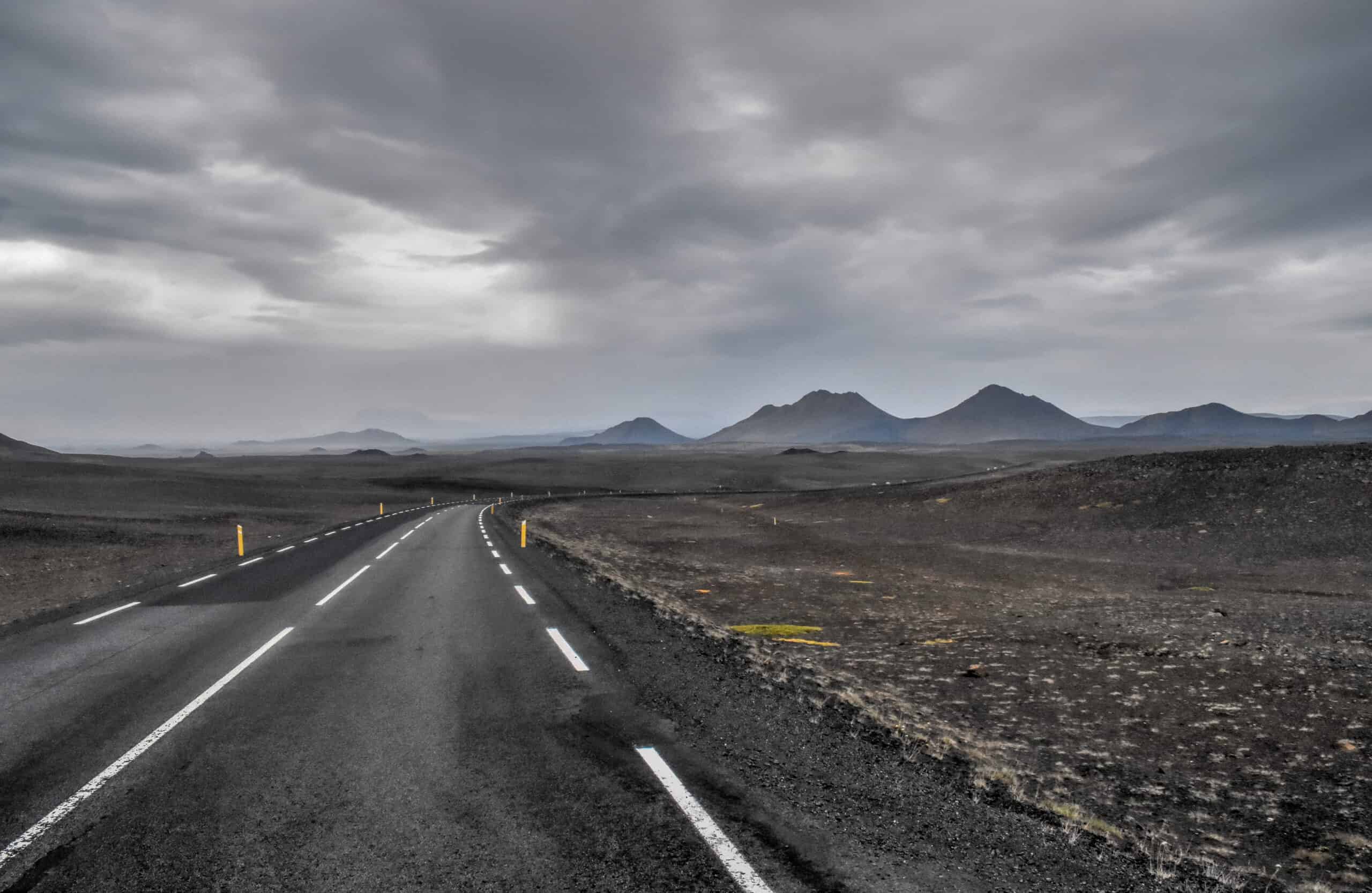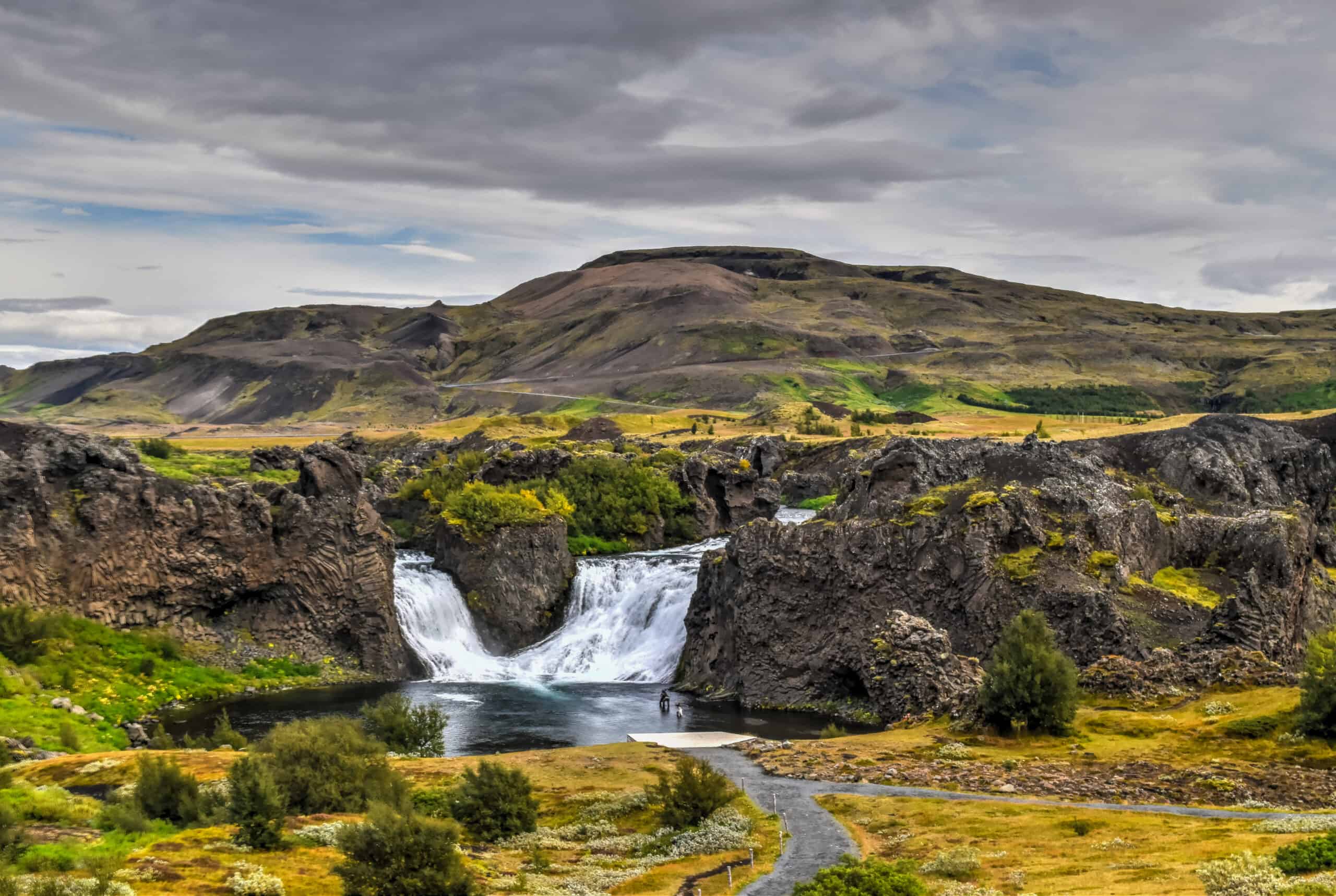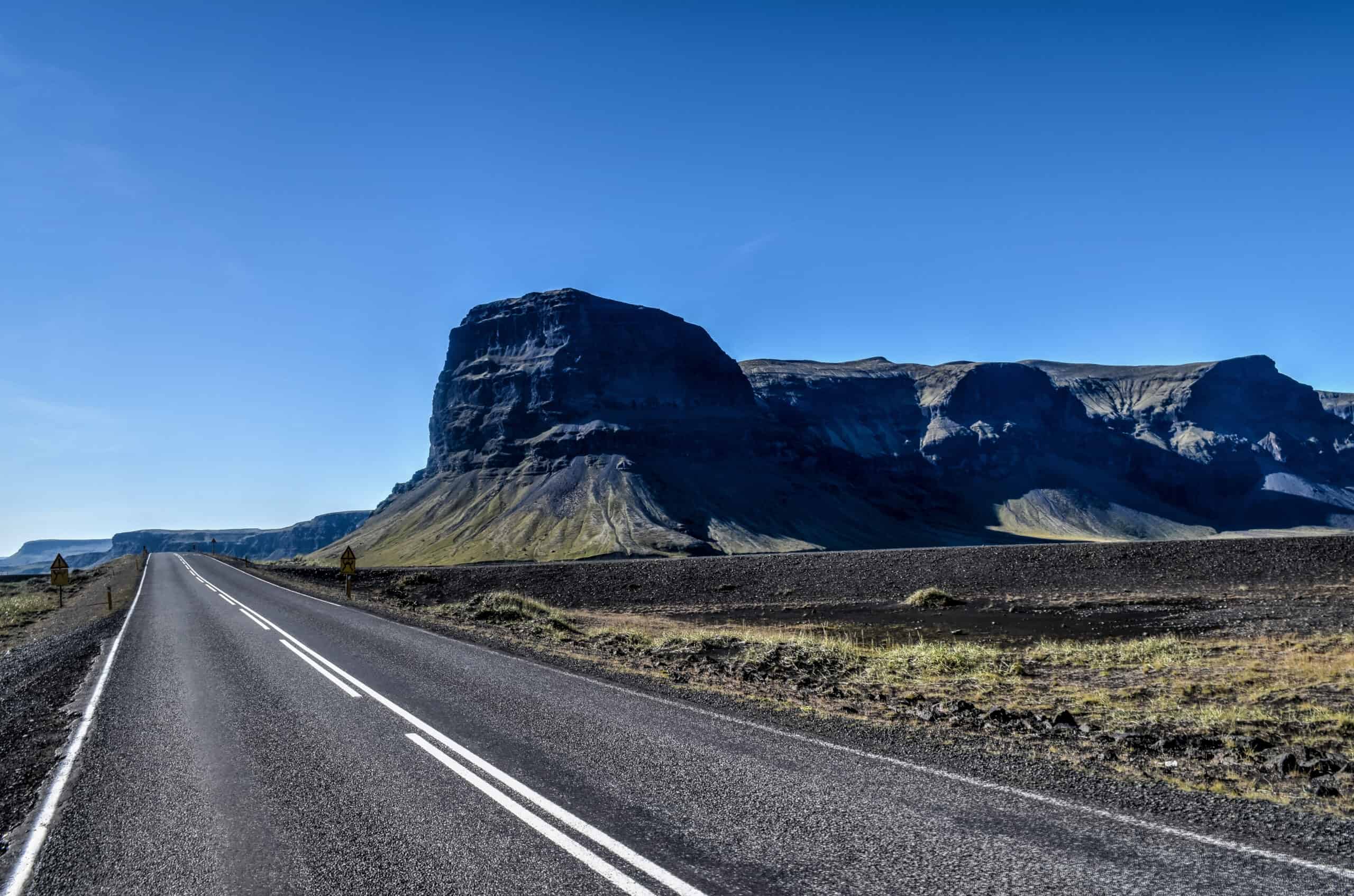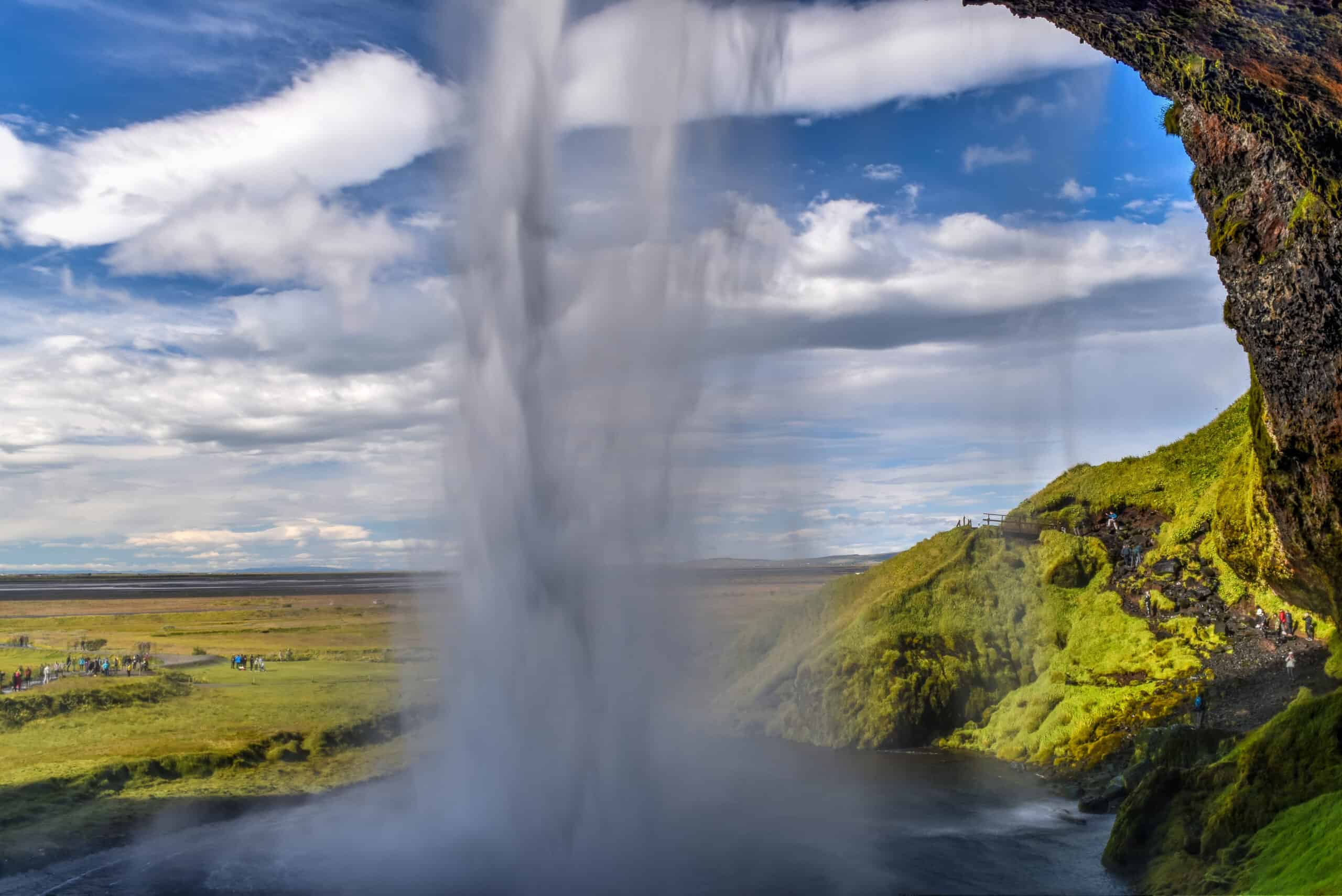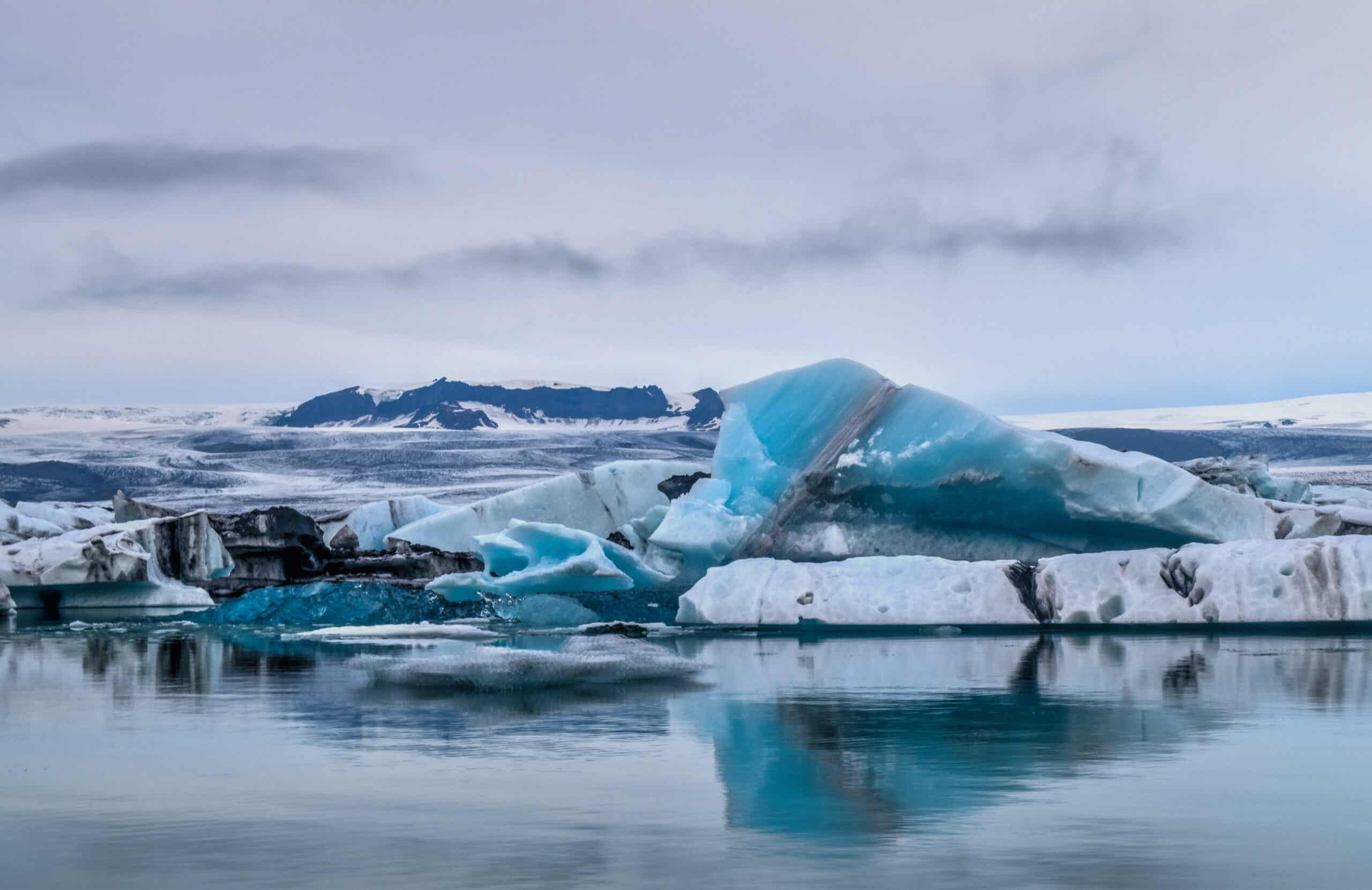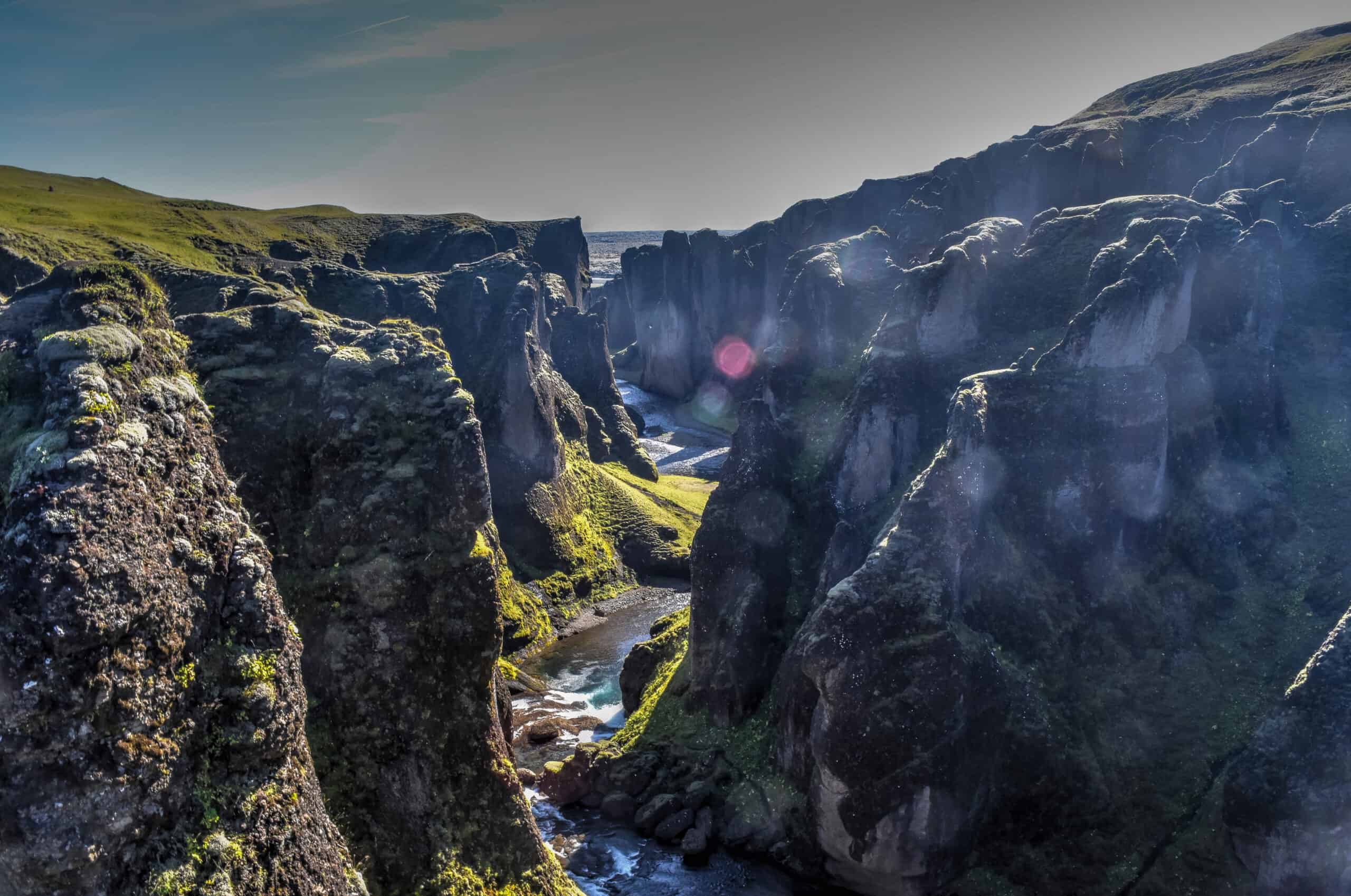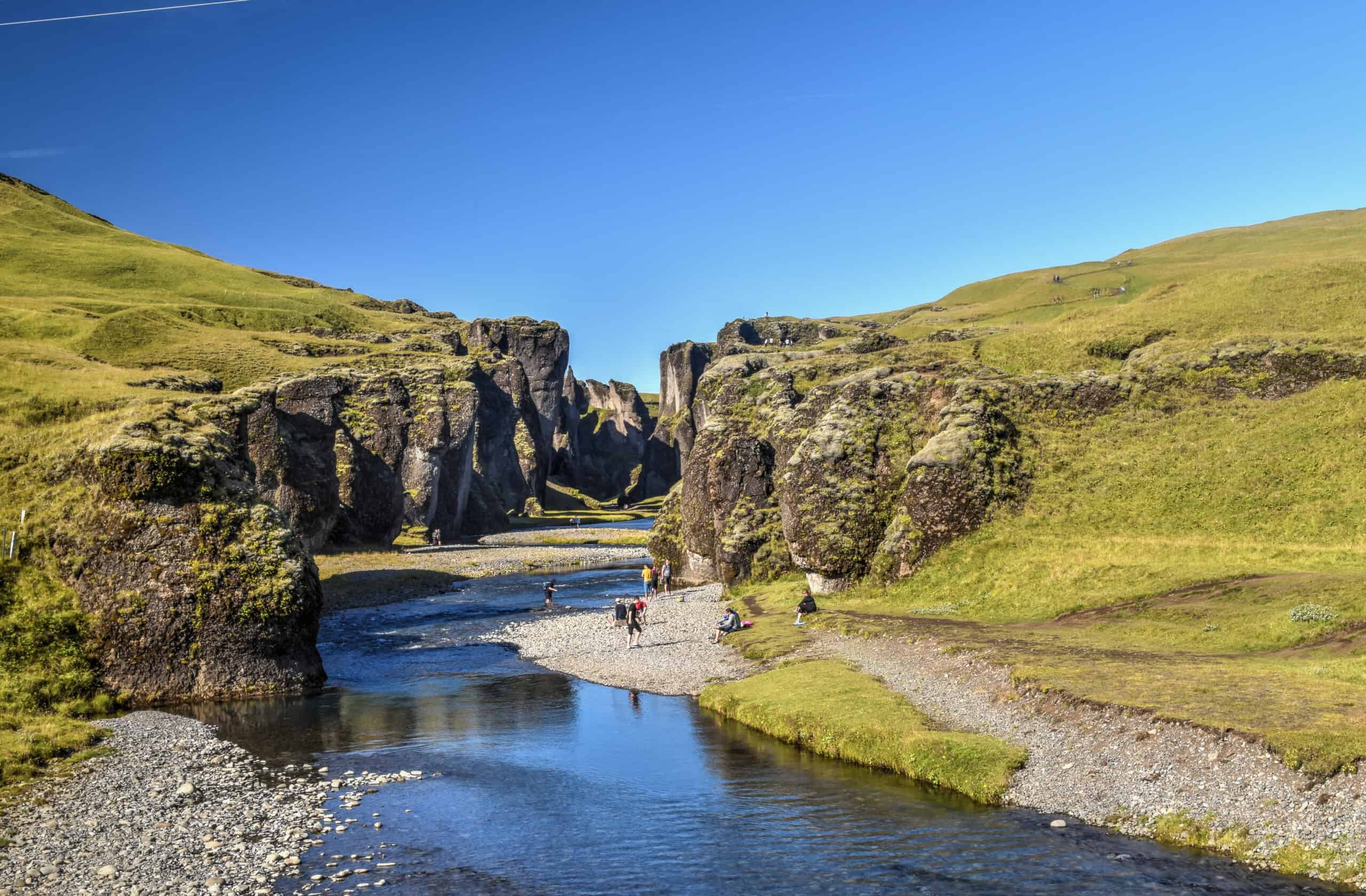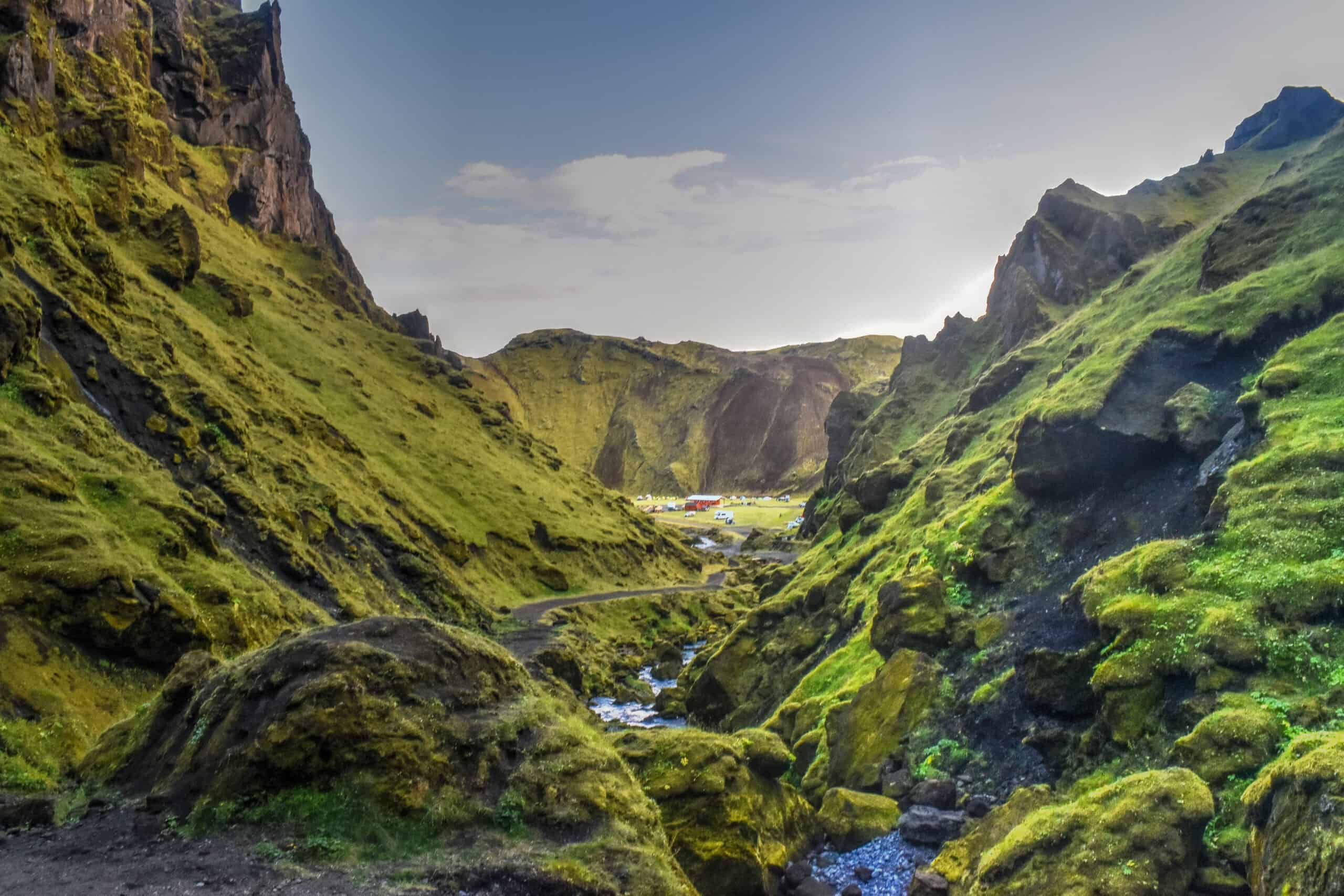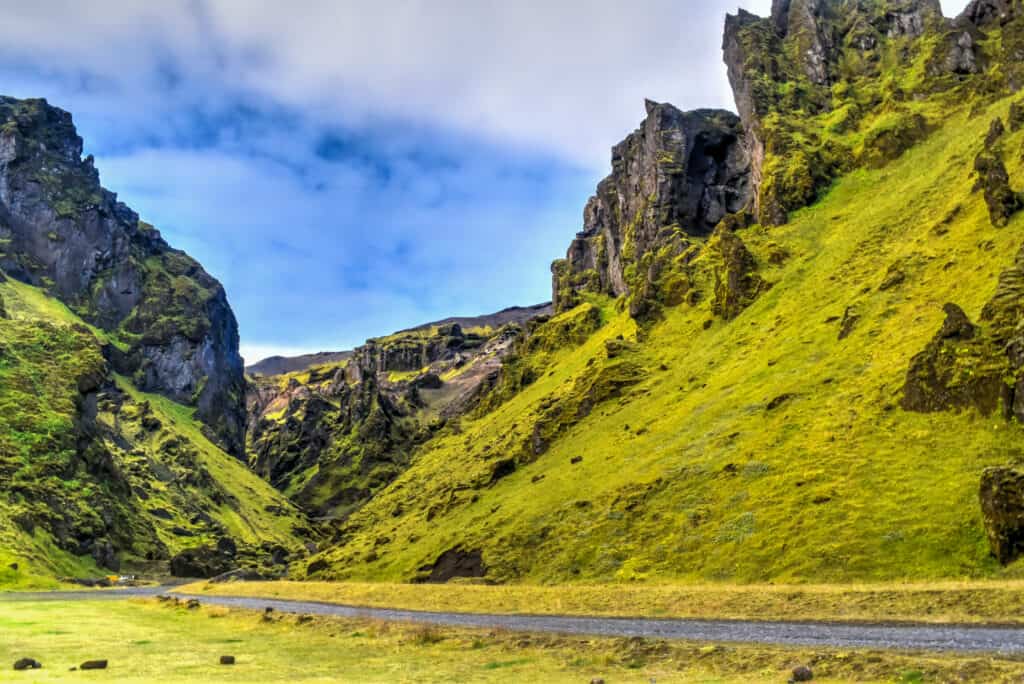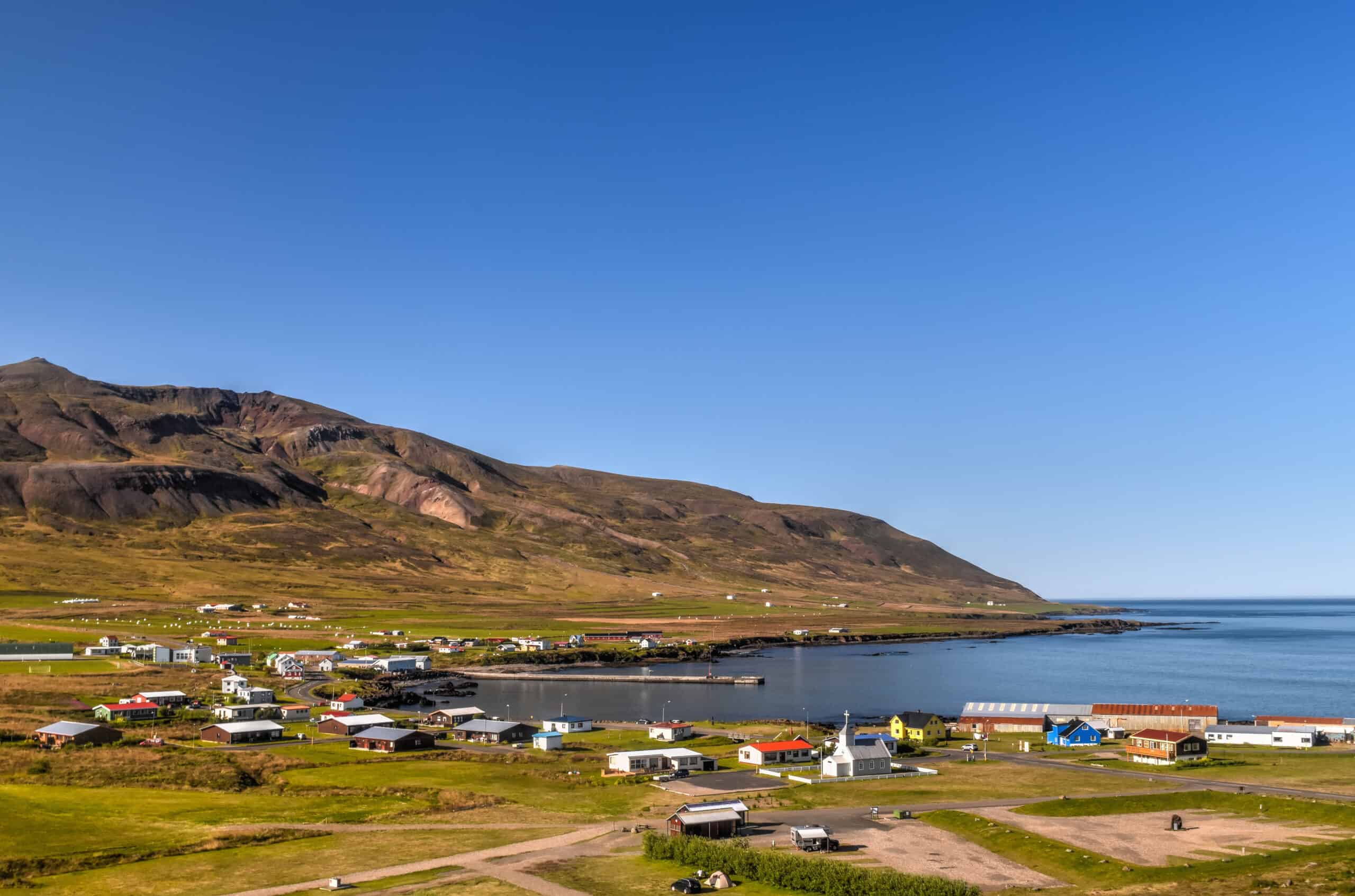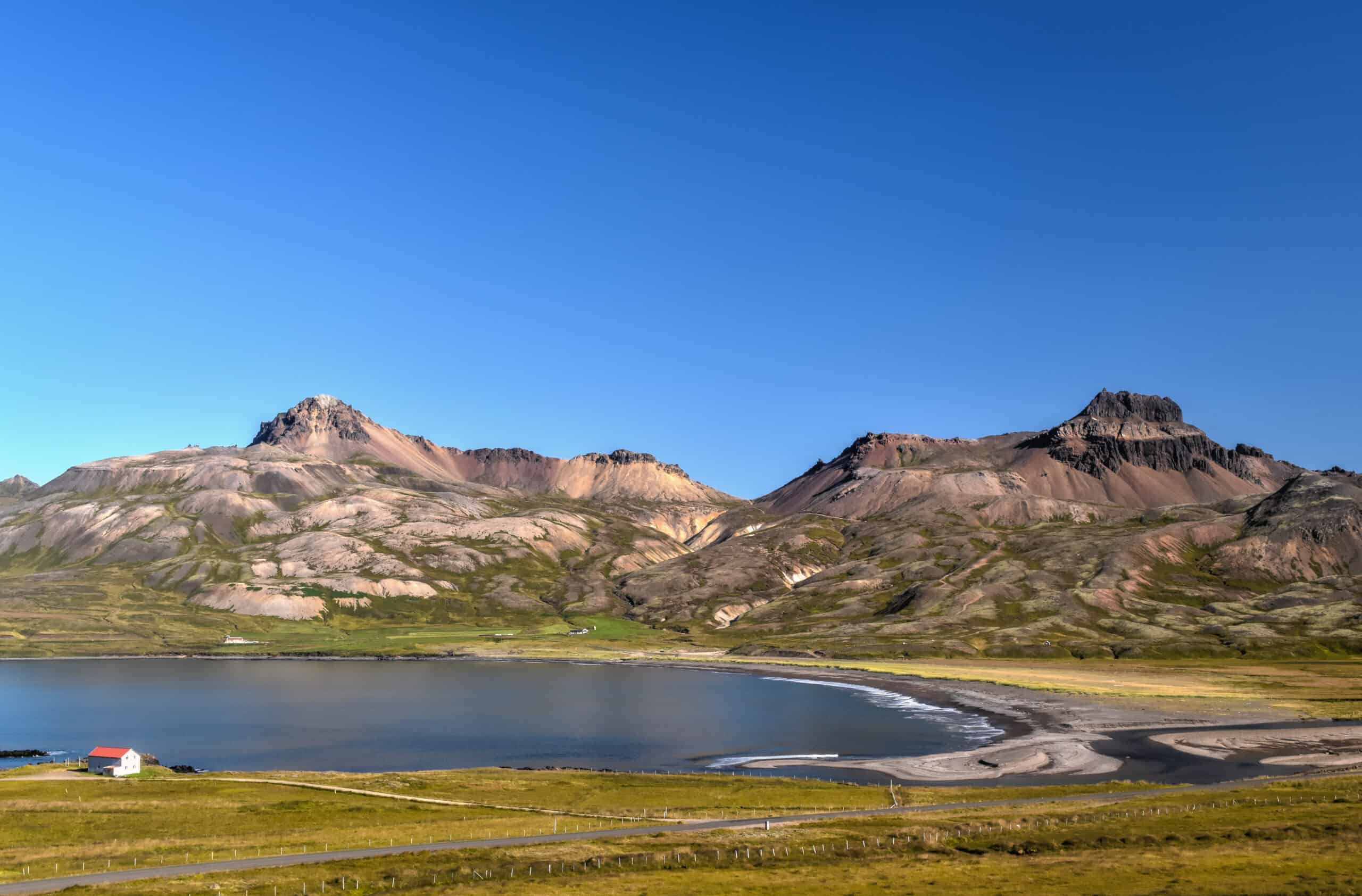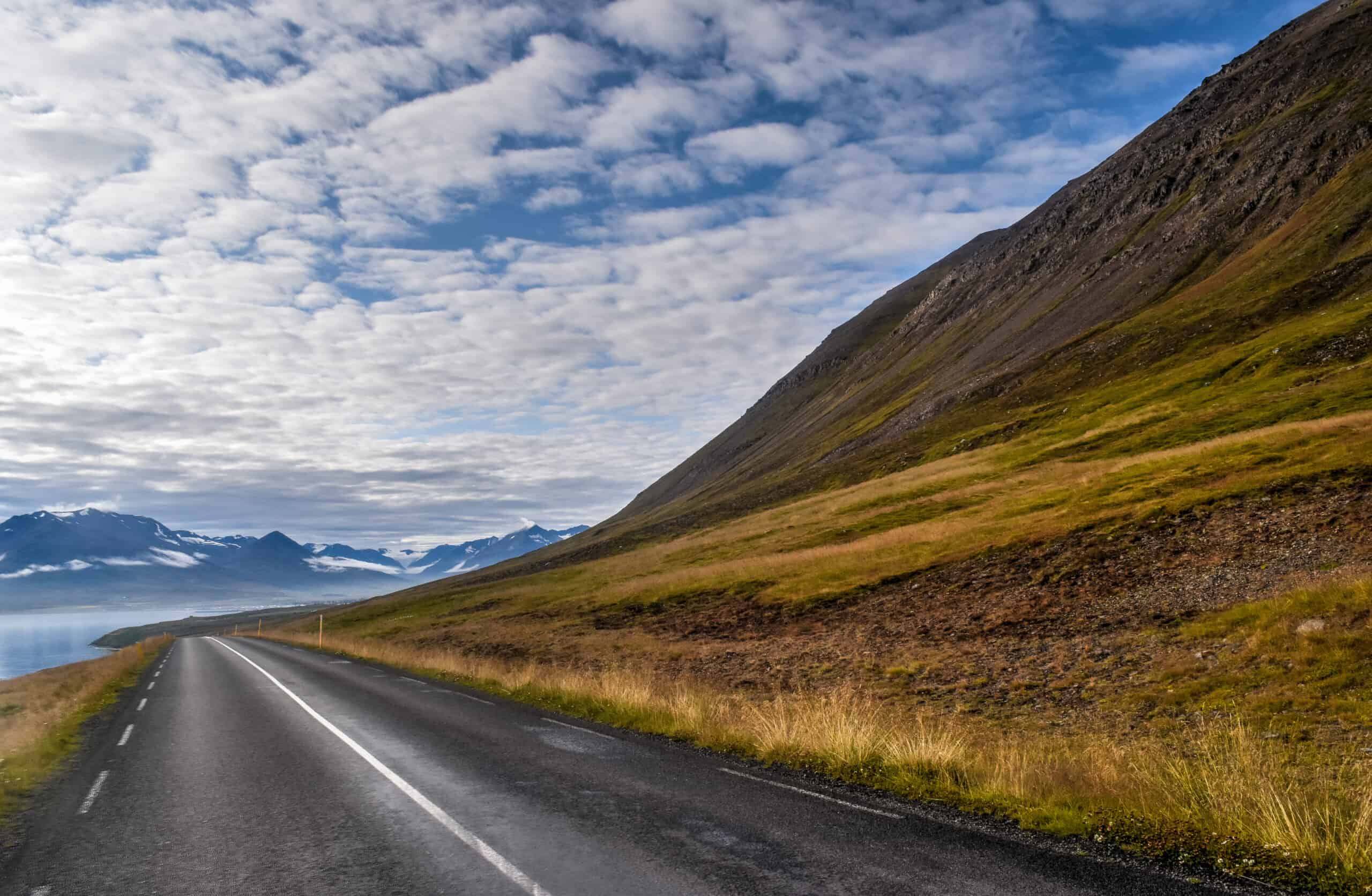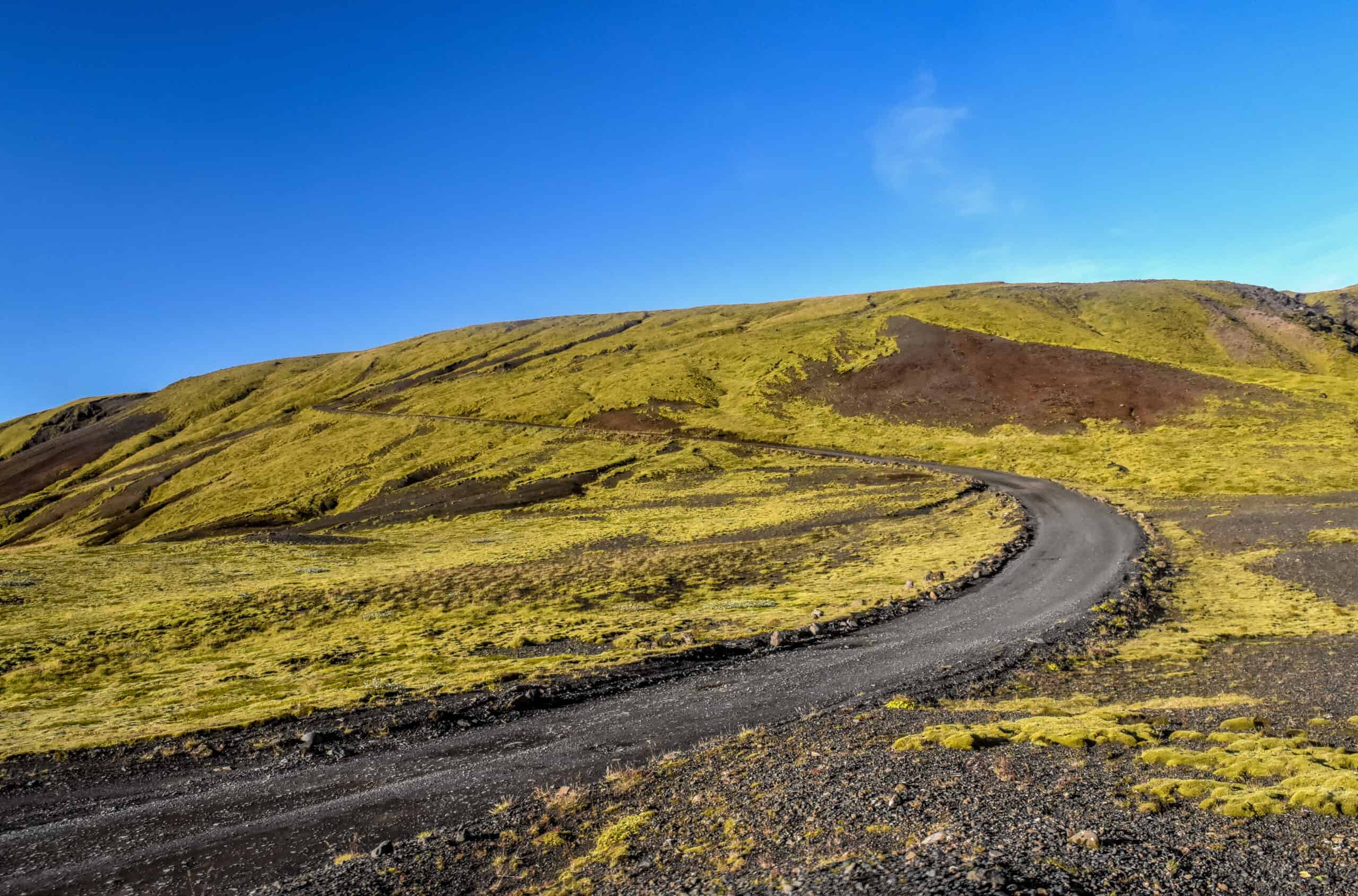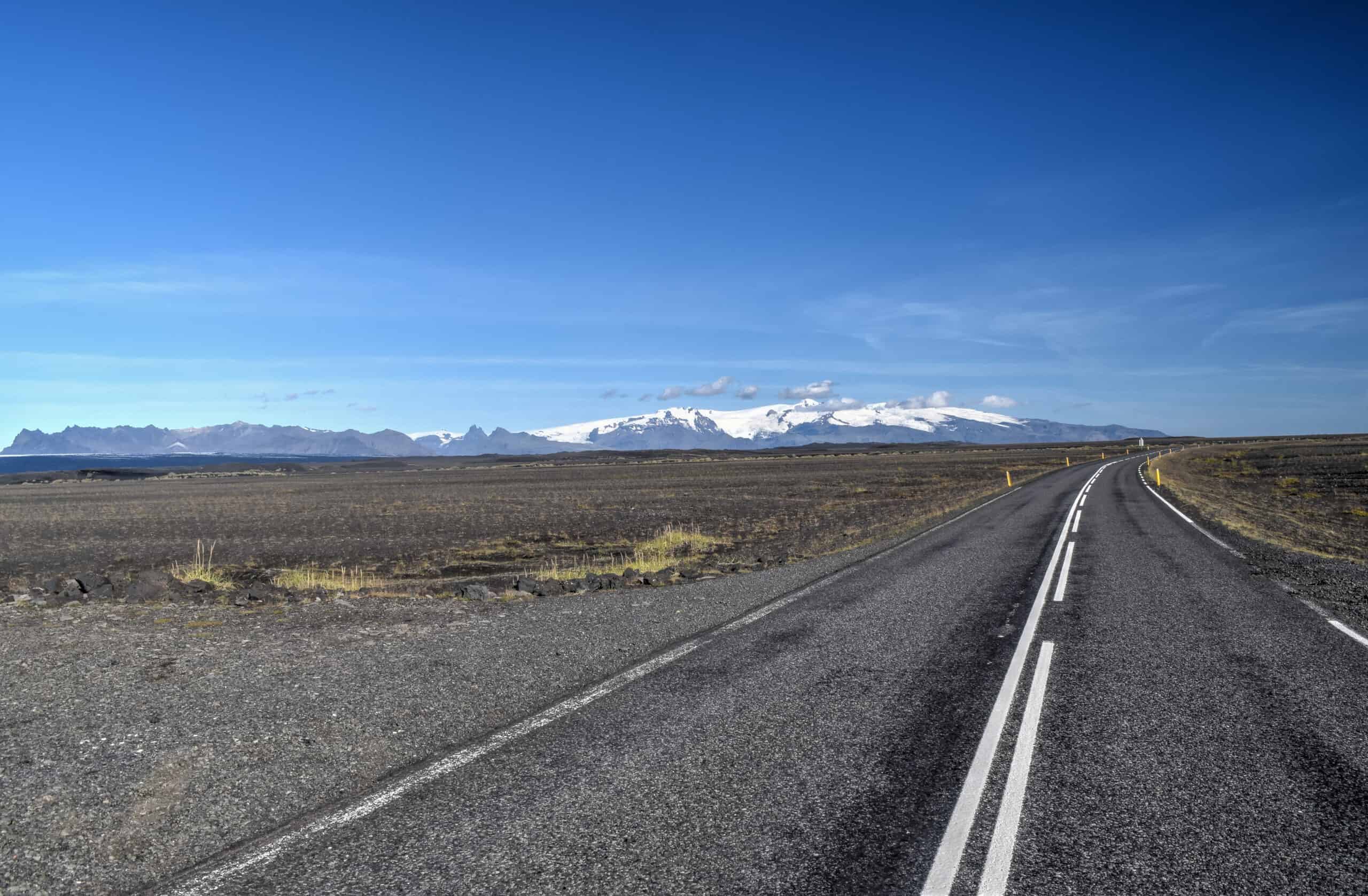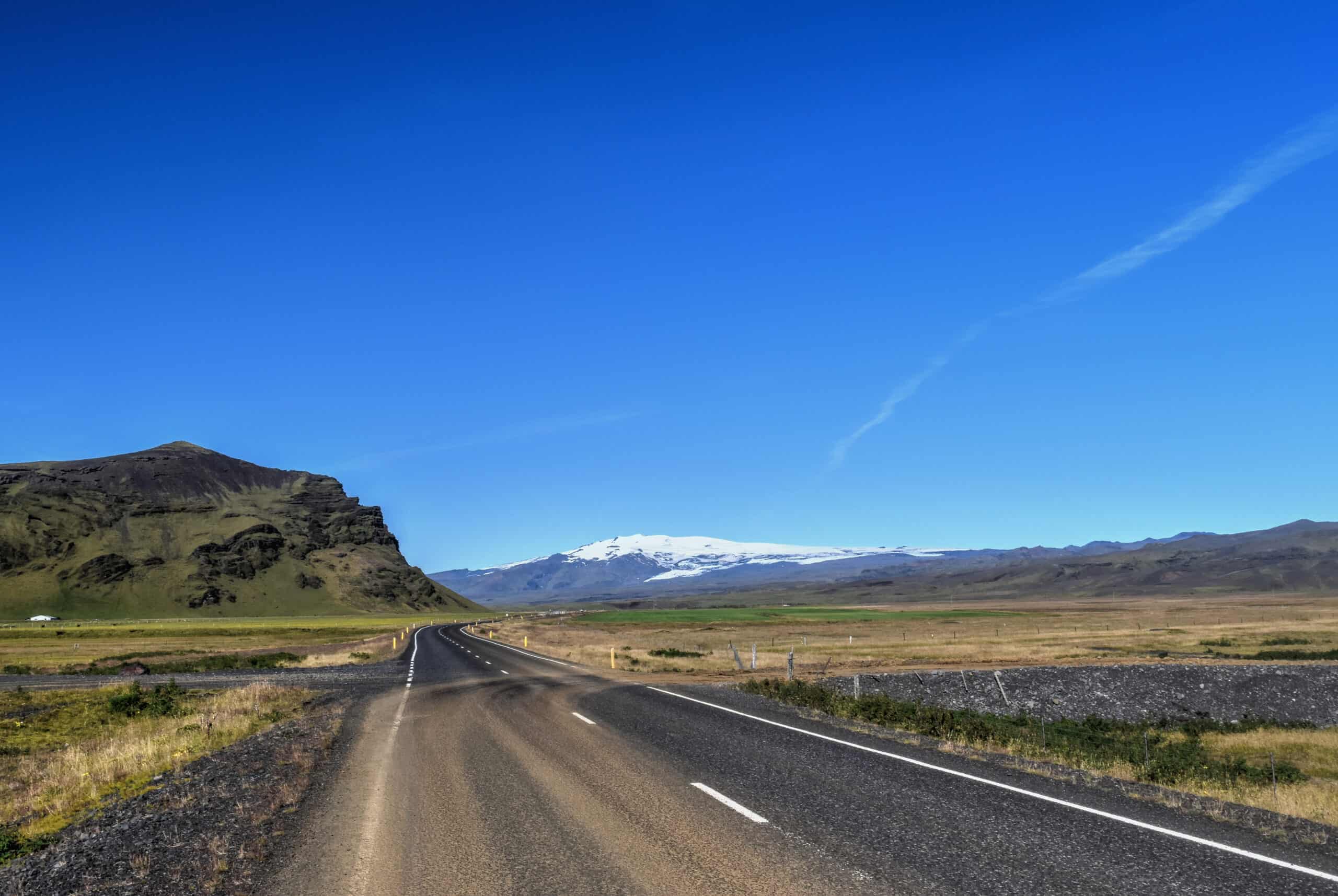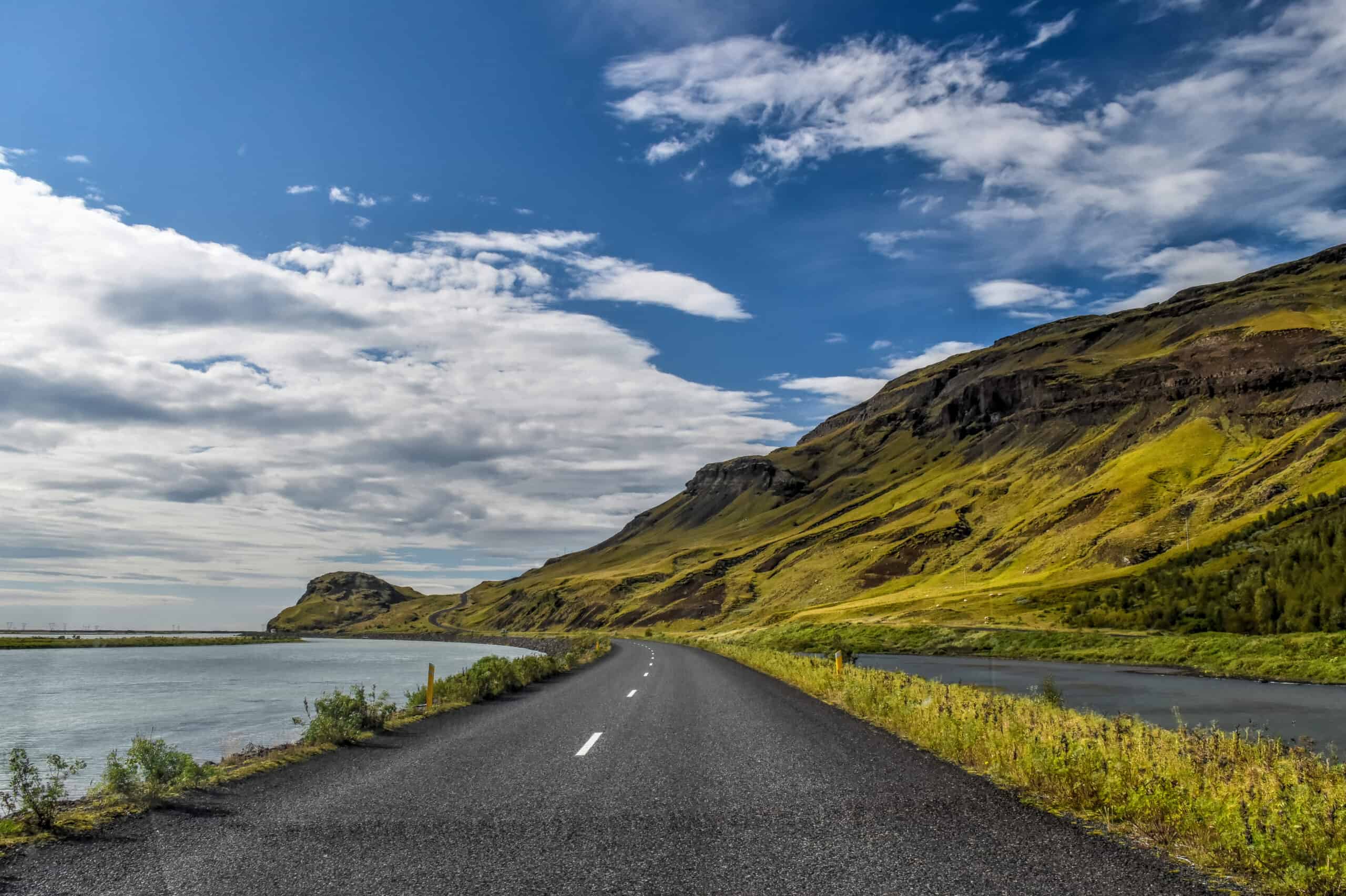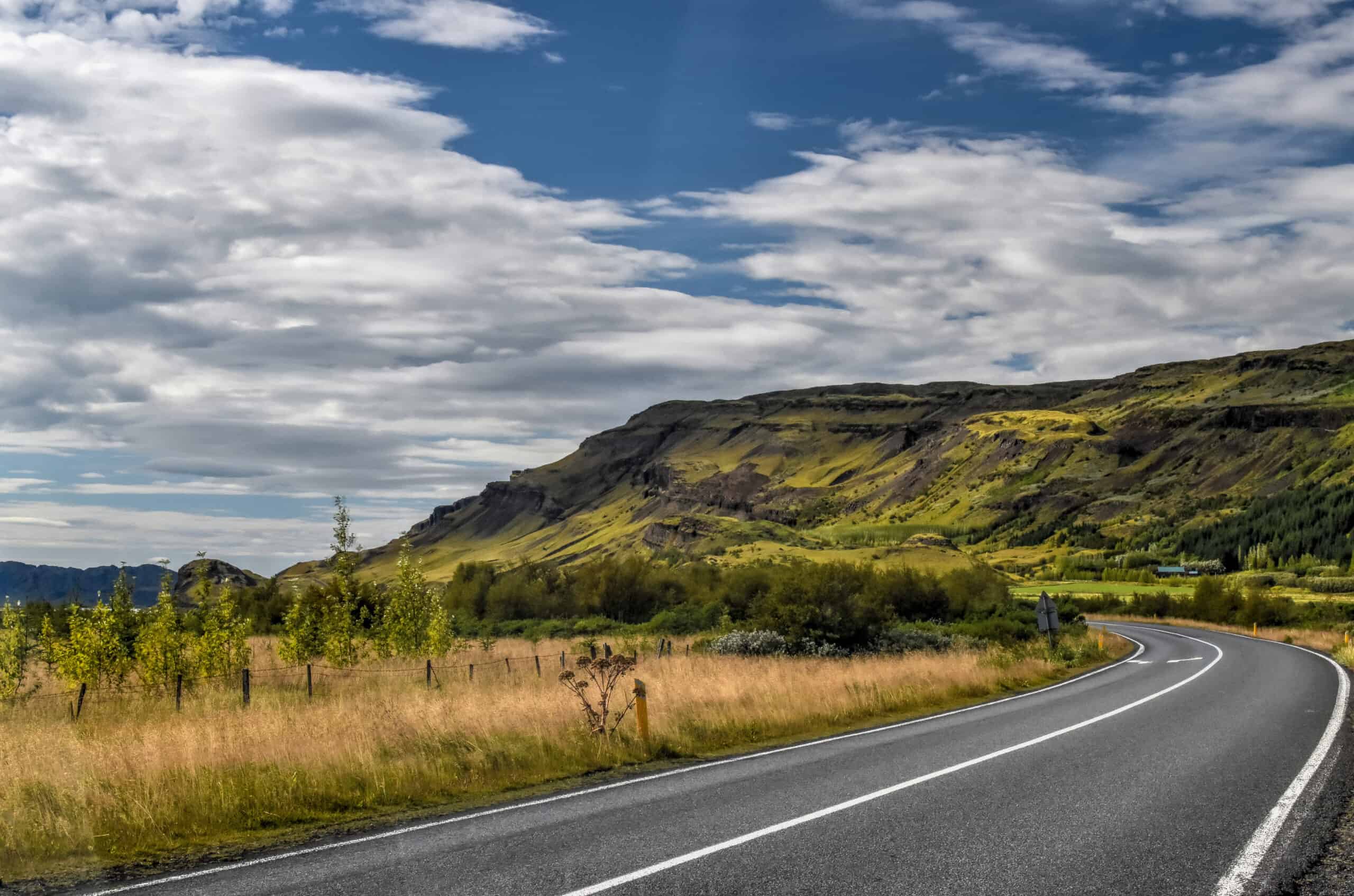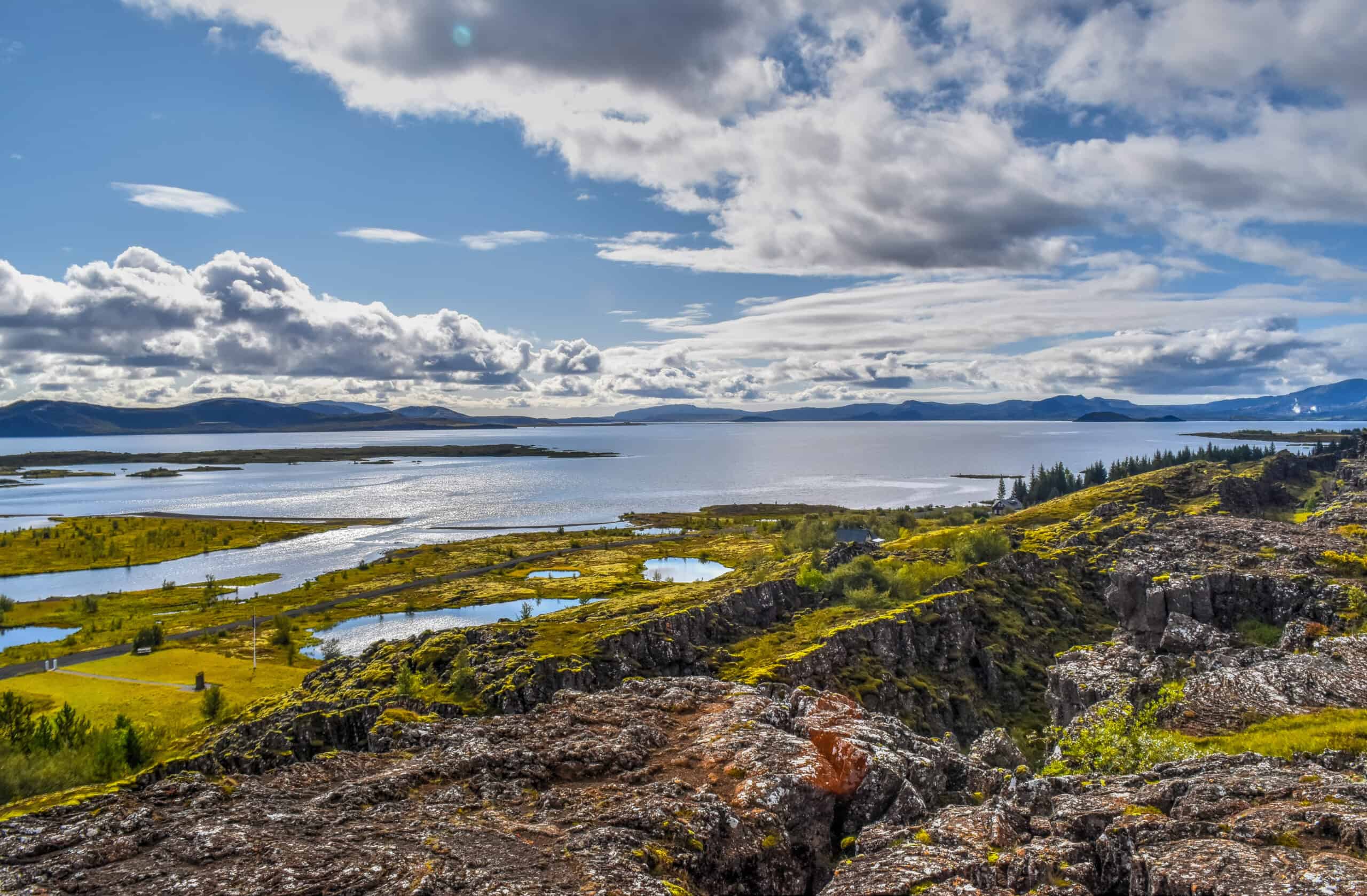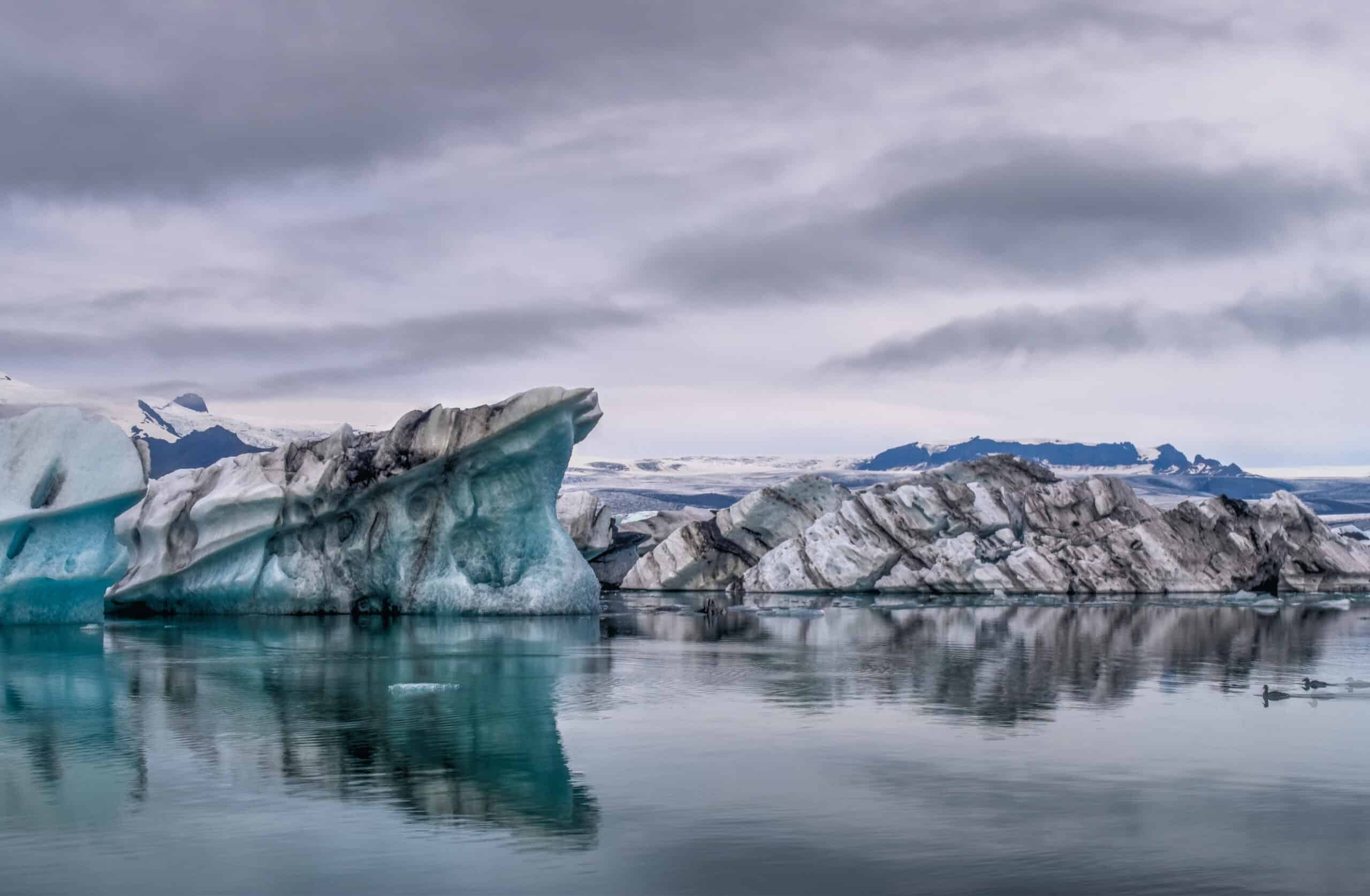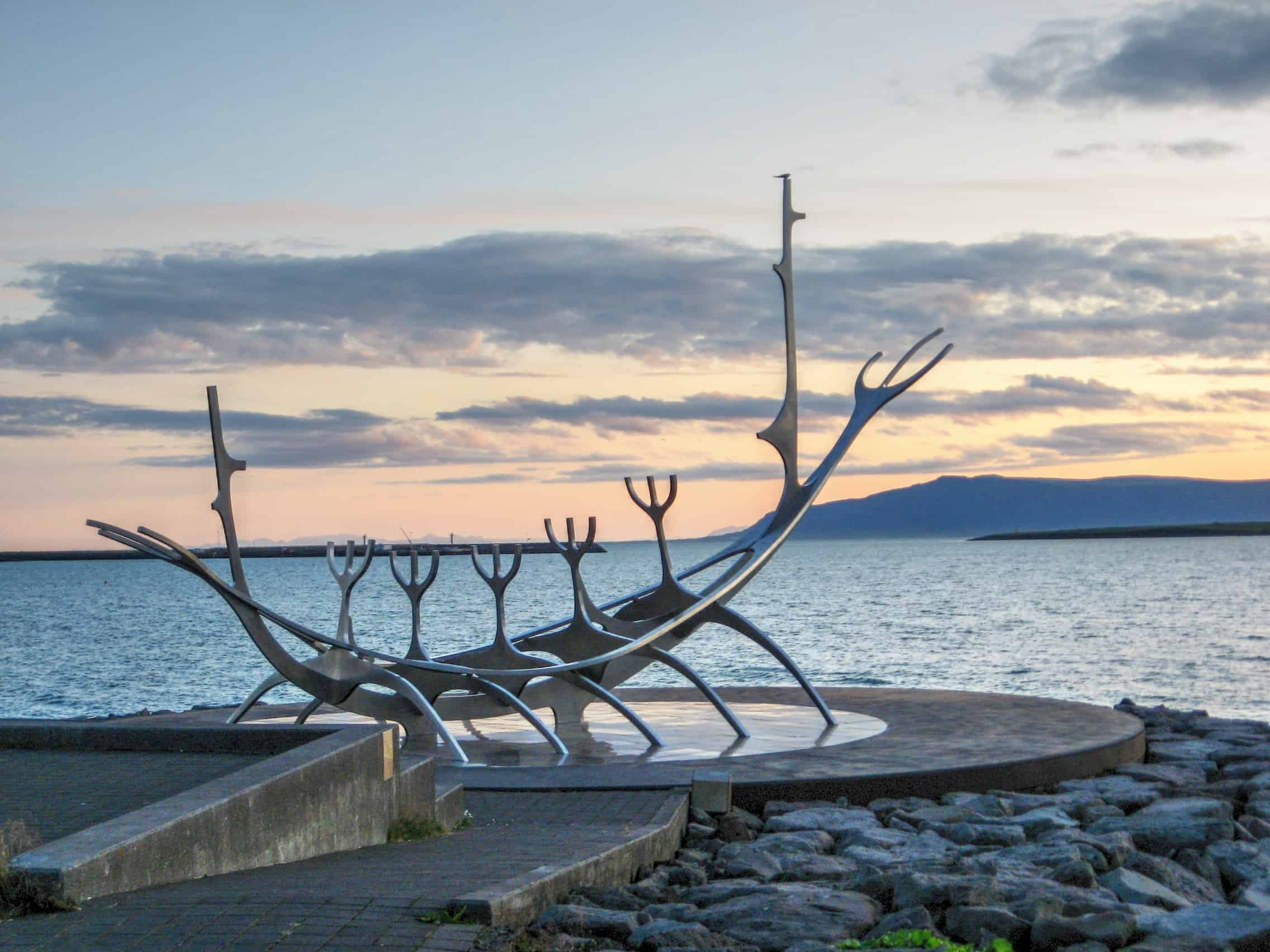Iceland is a dream destination on the bucket list of many! In fact, we loved it so much that we went back a second time! But also many aren’t sure how to first tackle planning a trip there so we thought we would share some Iceland Roadtrip Travel Tips that we think might be useful to anyone looking into planning a trip there.
Disclosure: This page (Iceland Roadtrip Travel Tips) may contain affiliate links to products. At no additional cost to you, we may receive a commission for purchases made through these links. We only recommend products or services we personally believe in. More details can be found on our disclosure and policies page.
How long should you stay?
Well, this question really depends on your budget, how much time off you have, and your travelling style. You can see lots of Iceland’s most famous attractions in just a few days, but if you want to road trip around the Ring Road then you’ll need at least 7 days, and preferably closer to 10.
If you intend to only spend just a few days while based in Reykjavik, then definitely check out our Best Day Trips from Reykavik page for some great ideas of how to maximize your time there. If you have more time and would like to take a road trip around Iceland, then check out our suggested 10-Day Iceland itinerary. Know that, however, taking a road trip around Iceland’s Ring Road generally means changing accommodations every night (or every other night), and we know that’s not everyone’s favourite style of travelling.
How expensive is Iceland?
Costs can add up quickly when visiting Iceland as pretty much everything is more expensive than most other places in the world — it is consistently ranked in the top 5 most expensive countries to travel to in the world, often interchanging places with Norway and Switzerland from year to year.
Fortunately, though, Iceland’s beautiful natural attractions such as Thingvellir National Park, Gullfoss Falls, and Jökulsárlón, are all free to enter. Keep in mind, however, that several of these sites do charge a small fee for parking – but we found this to be the minority of sites in Iceland. As of May 2022, this list included Þingvellir, Skatafell, Kirkjufell, Seljalandsfoss, Stokksnes and Kerid Crater (usually between 750-900 ISK).
But there are definitely ways to keep costs down and not spend more money than you normally would have for any other trip.
1 – Camping. We are generally not huge fans of camping but we chose to travel by campervan for our Iceland trip for several reasons, and we’ll get into those below. But among these were the important cost savings.
2 – Budget grocery shopping. If you’re camping, buying your groceries makes a lot of sense, as not all campgrounds have alternative meal options close by (though many do).
3 – Substitute restaurants for diners and hot stands. Yes, you read that right, hot dog stands. If can you aren’t aware, Iceland is very famous for its hot dogs. You can also find delicious lobster soup and bread cafes that won’t cost you an arm or a leg. We provide several ideas in our suggested 10-Day Iceland itinerary.
4 – Buy your alcohol at the airport duty-free. Yup, all of it. We did! That’s because alcohol is very heavily taxed in Iceland – and you avoid that tax by doing your shopping at the duty-free shop.
What time of year should you go?
There are a lot of considerations that should go into this decision:
1) Are you camping? Most campsites are closed by the end of September, and the nights can be subzero during the shoulder season. So summer is ideal if using a tent, and shoulder season if using a campervan.
2) Are your plans flexible? If travelling during winter, you can experience road closures during bad weather.
3) Do you want to experience long days and the midnight sun? Summer is the only time you can experience that. This phenomenon occurs in Iceland between May 21st – July 30th, though the exact dates vary depending on your exact latitude.
4) Do you want to experience the northern lights? Then the shoulder season and winter are your best bets – but know that there is such thing as a sure thing.
5) Do you plan to self-drive? And how are your winter driving skills? If you are not used to driving in winter, then it would be best to avoid travelling during the winter months – and winter weather in Iceland often starts in October and typically doesn’t end until April. This is particularly true if you plan on venturing out far from the capital, such as looping around the Ring Road.
6) Do you want to experience fewer crowds? Shoulder season and winter are ideal if you want to share attractions with fewer people.
7) Do you need total darkness to get a good night’s sleep? Avoid mid-summer as the night sky is never completely dark, even before and after the midnight sun period.
8) Do you like to see a lot of attractions and do a lot of activities during the day? Avoid winter, as the daylight hours are very short; the sun rises around 11 am and sets close to 3:30 pm near the winter solstice.
Our recommendation: September. Obviously, this choice might not suit everyone, but we felt it provided the best combination: the weather is still pleasant, fewer crowds than in summer, roughly equal day/night lengths, the chance to see the northern lights, and campgrounds are still open.
To camp or not to camp?
We are by no means regular campers, far from in fact. But we did things differently in Iceland and chose to rent a campervan as we toured around Iceland for 10 days.
We felt that camping, particularly in a campervan, had several benefits:
1) Cost savings: As we touched on earlier, camping is a great way to travel through Iceland and save a lot of money.
2) Convienancy: The way the attractions are somewhat uniformly distributed around Iceland’s ring road made the use of “home bases” from which to explore less practical. And there aren’t really any cities that can keep you occupied for more than a day – the next best thing to see is further along the road.
3) The settings: Spending the night in a campervan is also a great way to wake up surrounded by some amazing scenery. And you are in a perfect position to watch the northern lights should they make an appearance.
4) Flexibility: You don’t need to book camping sites in advance, so you can choose the closest one to you once you decide you have enough sightseeing for the day. We didn’t always have an exact idea of where that would be beforehand, so we usually had 2-3 different campsites in mind depending on how our day went.
Camping Tips
1- Important: in Iceland, you are only permitted to camp in designated campsites. Here’s a list of all of Iceland’s campsites:
2- Most campsites are open from 1 May or 15 May – 15 September each year (though some are open year-round).
3- You don’t need to book camping sites in advance. But there is an Icelandic Camping Card (which you can buy in advance). It’s good for 2 adults and up to 4 children and the price allows access to 40 campsites around Iceland for 28 nights. If you’re planning to travel around Iceland for more than a week, it’s probably a good investment.
4) Cost: Prices vary depending on the campsite but typically you can expect to pay approx. US$10-15/night (roughly similar in Euros), per person on average. Some campsites charge per person while others charge per family/tent/van. Some campsites include the use of facilities in the price, while others charge extra for using showers, electricity, etc.
Map of summertime campsites
Map of all-year campsites
Weather in Iceland
Iceland is known for having totally unpredictable weather. Prepare for anything and everything. Icelanders often say, “If you don’t like the weather, just wait 15 minutes and you’ll get something different.” But considering how northerly Iceland is located, the temperatures are pretty mild year-round, thanks to the Gulfstream effect.
For instance, winters are remarkably mild with the average January temperature in Reykjavik (-0.5°C /31°F) similar to New York City. It is not unusual to see snow in October or April, but it rarely stays on the ground for more than a few days.
We experienced (in September) nighttime lows between 0 and +10 degrees Celsius and daytime highs ranging from windy/rainy and +10 degrees Celsius to sunny and +20 degrees Celsius.
The below image pretty accurately depicts the weather we experienced in Iceland. Cooler and more overcast in the southwest, and warmer and sunnier as we moved east. This is in fact concordant with Iceland’s typical weather patterns, where the south and southwest have typically milder climates, whereas the east coast has both colder winters and warmer summers due to the eastern coastal mountains’ protection against tempering ocean effects.

For up-to-date weather info, check Iceland’s official weather website.
Driving in Iceland
Most of the roads that you will be driving on in Iceland are paved, undivided two-lane highways (one per direction) where the speed limit is 90 km/h (55 mph) – this is also the case for the famous Ring Road. Each direction has just one lane.
Outside of Reykjavik, you’ll rarely come across much traffic. In good weather, driving in Iceland is a breeze. That being said, a few things you should know about:
1- There there is often very little shoulder on either side of the road in case you need to pull over or give an oncoming vehicle more room to pass. So if you are driving a large motorhome, and need to pass another large motorhome, it can be rather unnerving as you’ll have very little room to move over.
2- There are very few forests in Iceland, which means there isn’t much to slow down strong winds. So be mindful of bad weather with strong winds before hitting the road.
3- In winter and should seasons, several roads can be unpassable due to snow accumulation. Check out this website for up-to-date road conditions.
4- F-roads. You have no doubt heard of them. They are unpaved gravel tracks that take you far off the beaten track. While some can be fairly smooth going, most are quite adventurous through very rocky terrain and require crossing rivers. As such, these roads are only accessible in a 4×4 SUV vehicle (and often only in summer). Don’t be brave in a 2wd vehicle – it is likely that your rental company will impose heavy fines or void your insurance if you attempt to travel on F-roads. Moreover, these roads are very remote and you will rarely come across facilities and gas stations.
5- Other gravel roads. In theory, if it’s not an F-road, you should be fine in your 2wd vehicle, however, the ride may be more bumpy and slow going. Check out this map that properly delineates paved roads from gravel roads.
Fuel: Petrol is expensive in Iceland, like most other things. You can pay everywhere using your credit cards. Several more remote stations are actually completely unmanned with essentially just a fuel tank sticking out from the ground.
Map of Grocery stores and Gas Stations in Iceland
Parking: Parking can occasionally be an issue at some of the major attractions if you arrive mid-day. So it’s ideal, when possible to arrive early in the morning or late in the afternoon to avoid the hassle of finding a spot.
Parking in Reykjavik can be a little challenging as well if you don’t have an accommodation that provides you with free parking, as there are several distinct parking zones. For more info see this local website. The parking rules might have changed since then but during our trip, we were able to find free parking in the streets immediately southwest of the Hallgrímskirkja.
Preparing a trip to Iceland
While we think travel blogs like this one are a great way to kick-start your travel plans, we feel that nothing beats a good old fashion travel guidebook to complement what you have already learned and to have all the important information in one place.
Our favourite guidebooks were:
- Lonely Planet Iceland’s Ring Road (Guidebook)
- Rick Steves Iceland (Guidebook)
Interested in travelling by campervan?
Check out Go Iceland and Go Campers for great deals on campervans.
Or you would rather travel via an organized tour?
Check out these fantastic organized tours for all sorts of itineraries and trip durations all over Iceland.
Well, that about wraps it up! We hope you enjoyed our Iceland Roadtrip Travel Tips: Things to Know Before You Go and that it will prove useful in helping you plan your trip to Iceland.
You might also be interested in these related pages:
